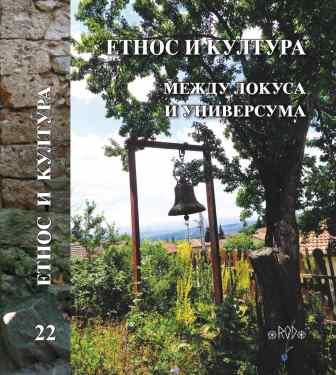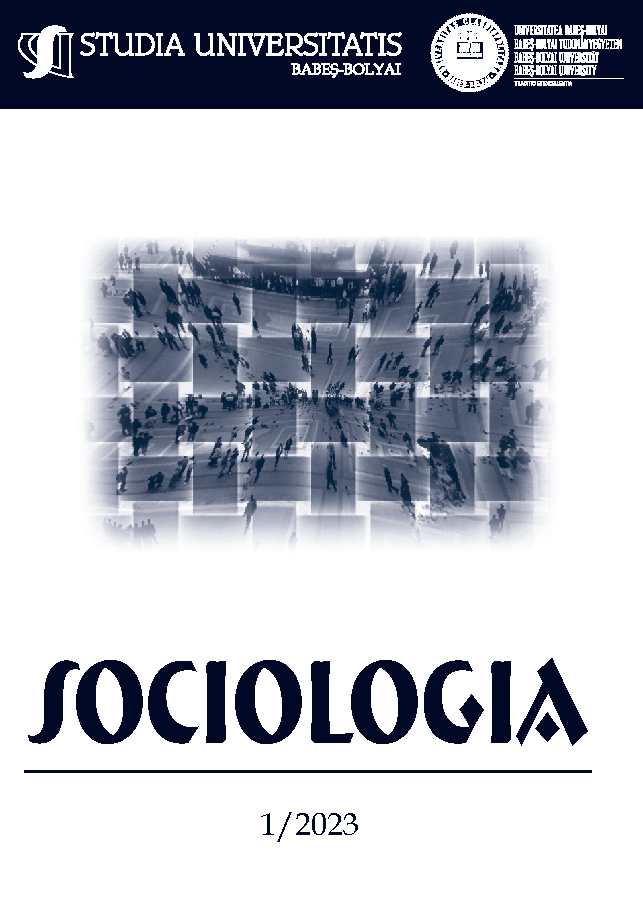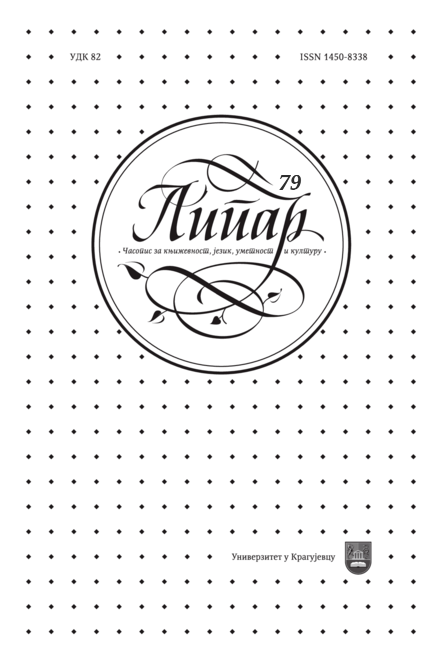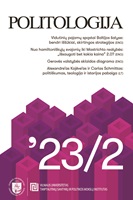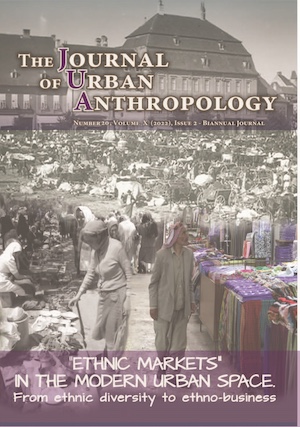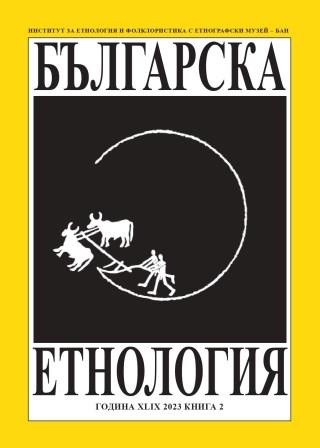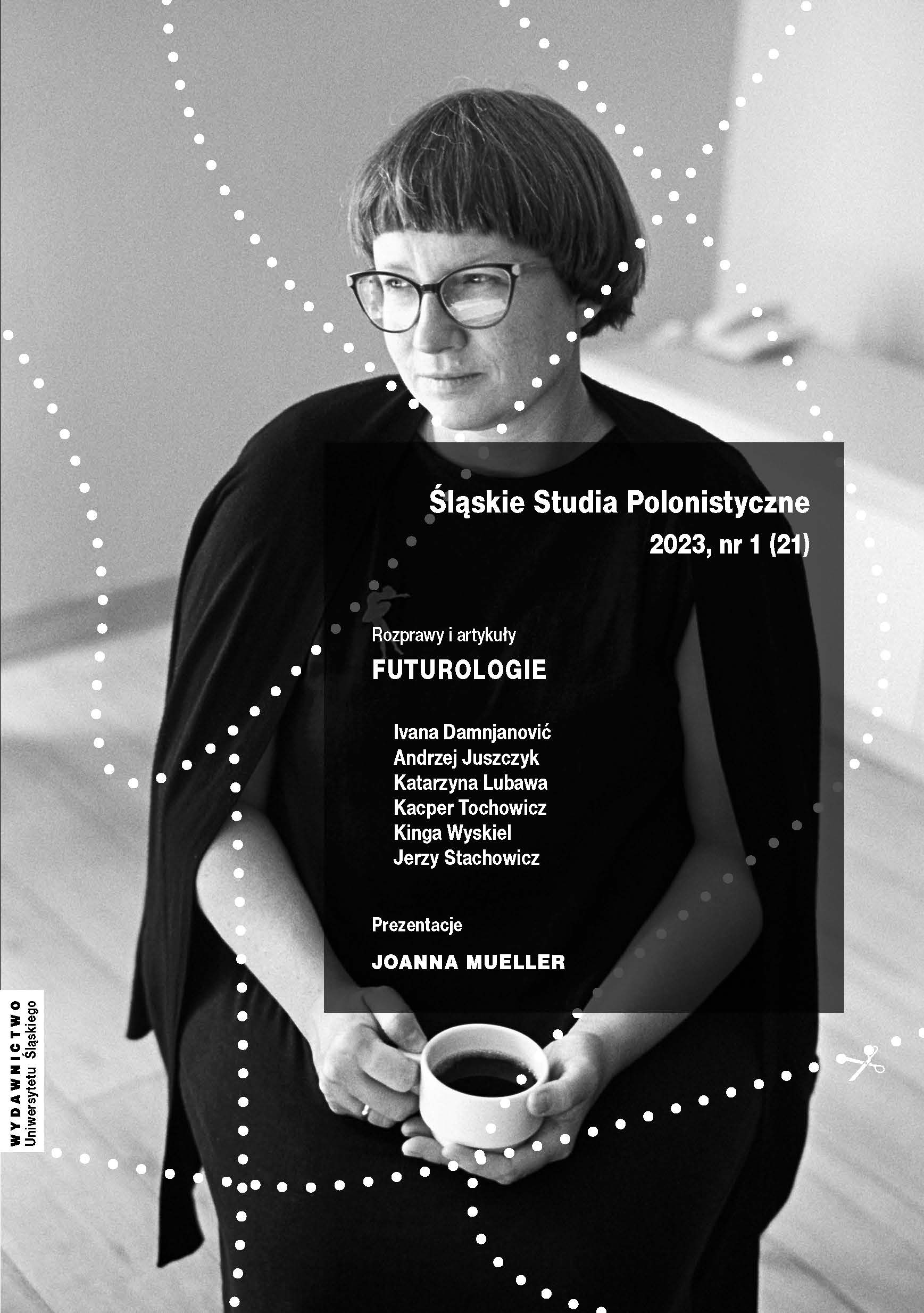
„Preludium rewolty”. Bunt kobiet w poezji Joanny Mueller
The aim of this article is to answer the question about the causes of oversights, silences and shifts in the critical-literary reception of Joanna Mueller’s poetry. The author analyses discussions of the poet’s successive books and demonstrates the workings of what she calls the ‘double standard’ of the language of criticism; this mechanism has enabled repeated gestures to discredit the importance of this poetry, and has its origins in critics’ specific elaboration of the experience and subject of motherhood, whose poetic thematisation is often met with negative critical commentary. This analysis is juxtaposed with an alternative proposal for reconstructing the main line of Mueller’s poetic story of motherhood, a story in which individual personal experience becomes the basis for building a community of women based on experiencing the oppression they share. Joanna Mueller’s work has certainly been recognised by critics and has been widely (albeit irregularly) commented on and described, so the writer functions in the broad field of literary production and popularisation in Poland.
More...
